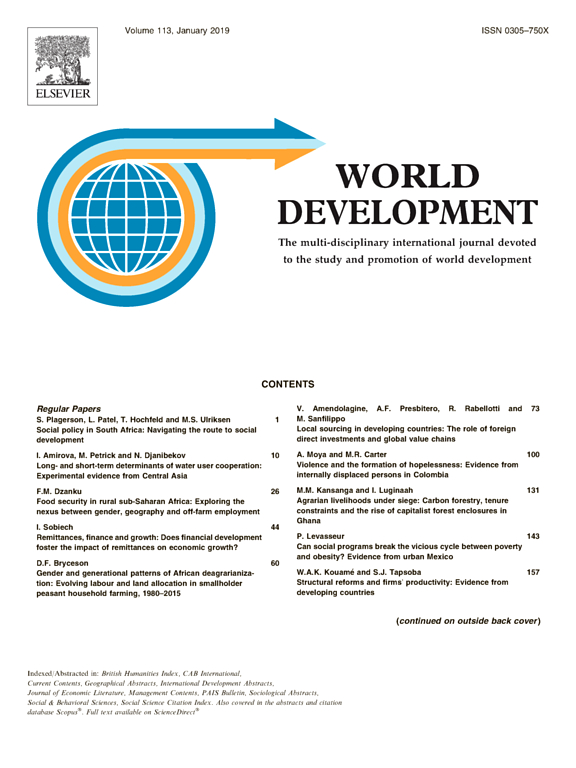Carbon dioxide (CO2) emissions from Southeast Asia peatlands are contributing substantially to global anthropogenic emissions to the atmosphere. Peatland emissions associated with land-use change, and fires are closely related to changes in the water table level. Remote sensing is a powerful tool that is potentially useful for estimating peat CO2 emissions over large spatial and temporal scales. We related ground measurements of total soil respiration and water table depth collected over 19 months in an Indonesian peatland to remotely sensed gravity recovery and climate experiment (GRACE) terrestrial water storage anomoly (TWSA) data. GRACE TWSA can be used to predict changes in water storage on land. We combined ground observations from undrained forest and drained smallholder oil palm plantations on peat in Central Kalimantan to produce a representation of the peatland landscape in one 0.5° × 0.5° GRACE grid cell. In both ecosystem types, total soil respiration increased with increasing water table depth. Across the landscape grid, monthly changes in water table depth were significantly related to fluctuations in GRACE TWSA. GRACE TWSA explained 76% of variation in water table depth and 75% of variation in total soil respiration measured on the ground. By facilitating regular sampling across broad spatial scales that captures essential variation in a major driver of soil respiration and peat fires, our approach could improve information available to decision makers to monitor changes in water table depth and peat CO2 emissions. This would enable measures better targeted in space and time to more effectively mitigate CO2 emissions from tropical peat drainage and fires. Testing over larger regions is needed to operationalize this exploratory approach.
Download:
DOI:
https://doi.org/10.1007/s11027-018-9822-z
Puntuación Altmetric:
Dimensiones Recuento de citas:



















